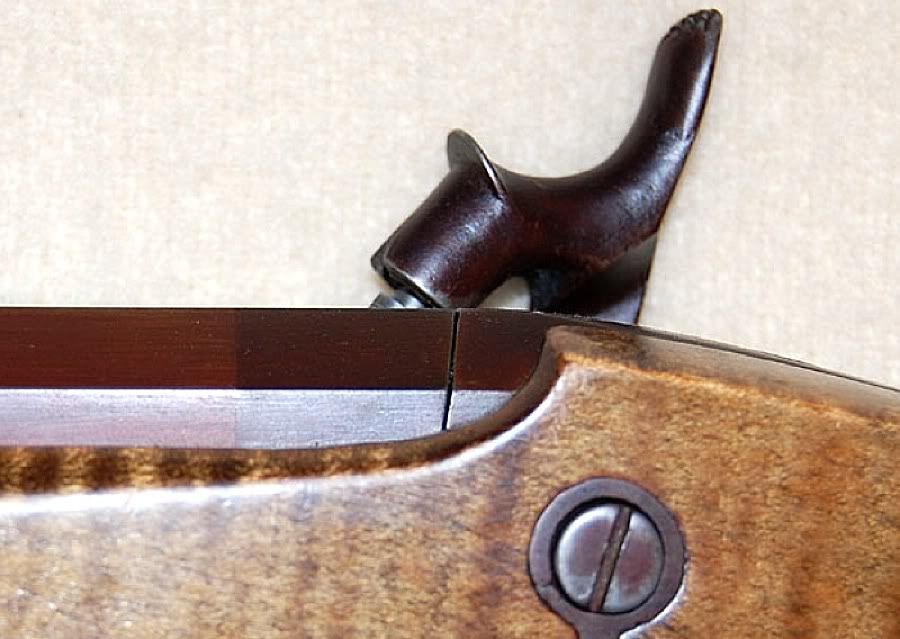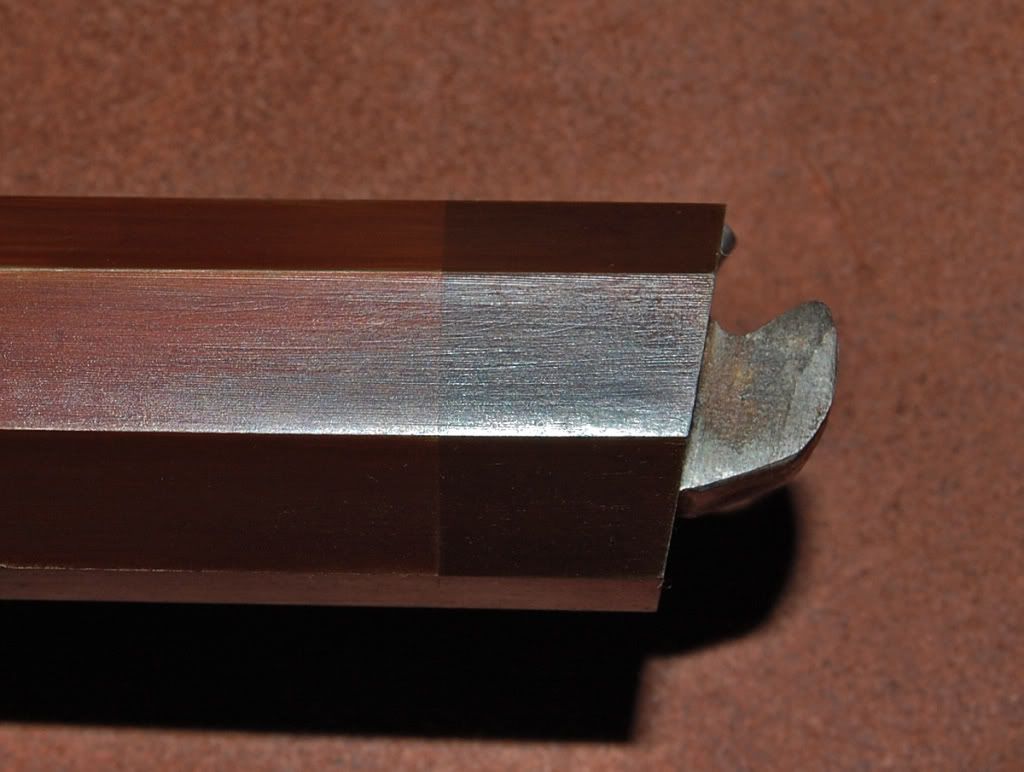That's the problem with pictures only with certain details one can only get the full info from looking at the originals. The Medina/Modena Rifle is definitely an iron cap not poured - I examined it in detail many moons ago when it was still in Denver (unfortunately over many moves since then I lost the info and pics I had). IIRC Baird also notes it being of iron. As for the sporting rifles - as I noted above (I called them local guns)they are a different critter from the mountain rifles. On some there is also the possibilty that they were cutdown fullstocks and the nose cap was poured. NOw nothing wrong per se with a poured cap (many makers do it that way) but if one is persnickety (or OCD LOL!) about the details than an iron cap is the way to go - IIRC TOTW used to carry them and also Muzzleloader Builders Supply - also I bet Don Stith would sell some outside his kits - they are all cast, but so are most repro buttplates and tg's no matter what era. FWIW - if you're interested in doing a forged buttplate ALR recently hada thread on how-to for a southern mountain rifle which are made the same wau and a few makers offer both forged plates and tg's.Herb said:I am no authority at all, but learn from others and photos. Some in Gordon's book look poured, even Medina's. All the Hawken Sporting Rifles look poured.
Have you seen this article on the Sublette/Beale J & S Hawken Rifle circa 1840 or so: http://asoac.org/bulletins/87_burke_hawken.pdf
It has a good detail shot of a forged iron nose cap. Early ones were all forged iron (similar in make up to a fullstock nosecap) while the later ones (mid-late 1850's era) such as on the Carson rifle are castings the same as the buttplate and triggerguard. This rifle also has the earliest slant breech known on any Hawken.
Last edited by a moderator:







